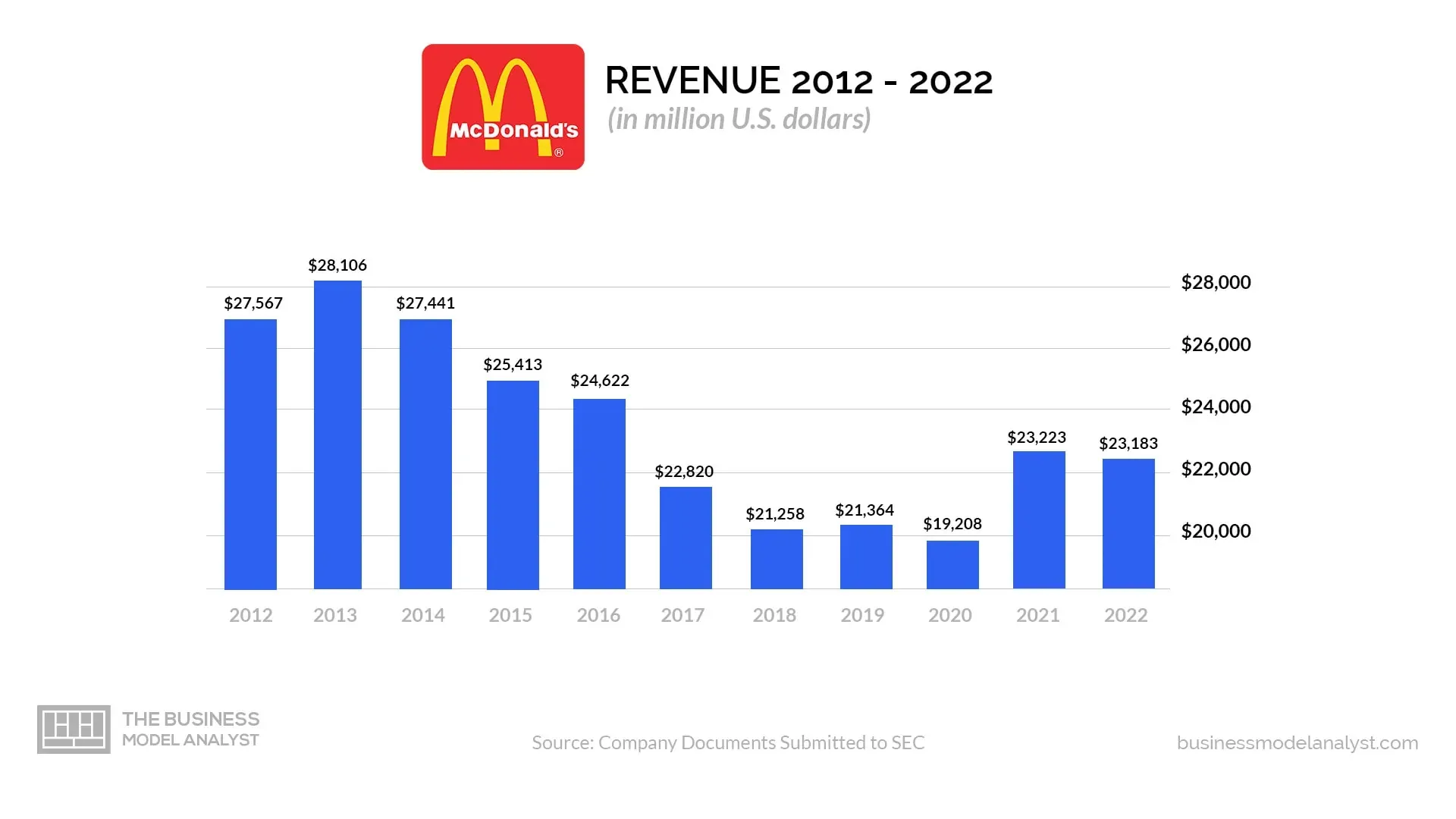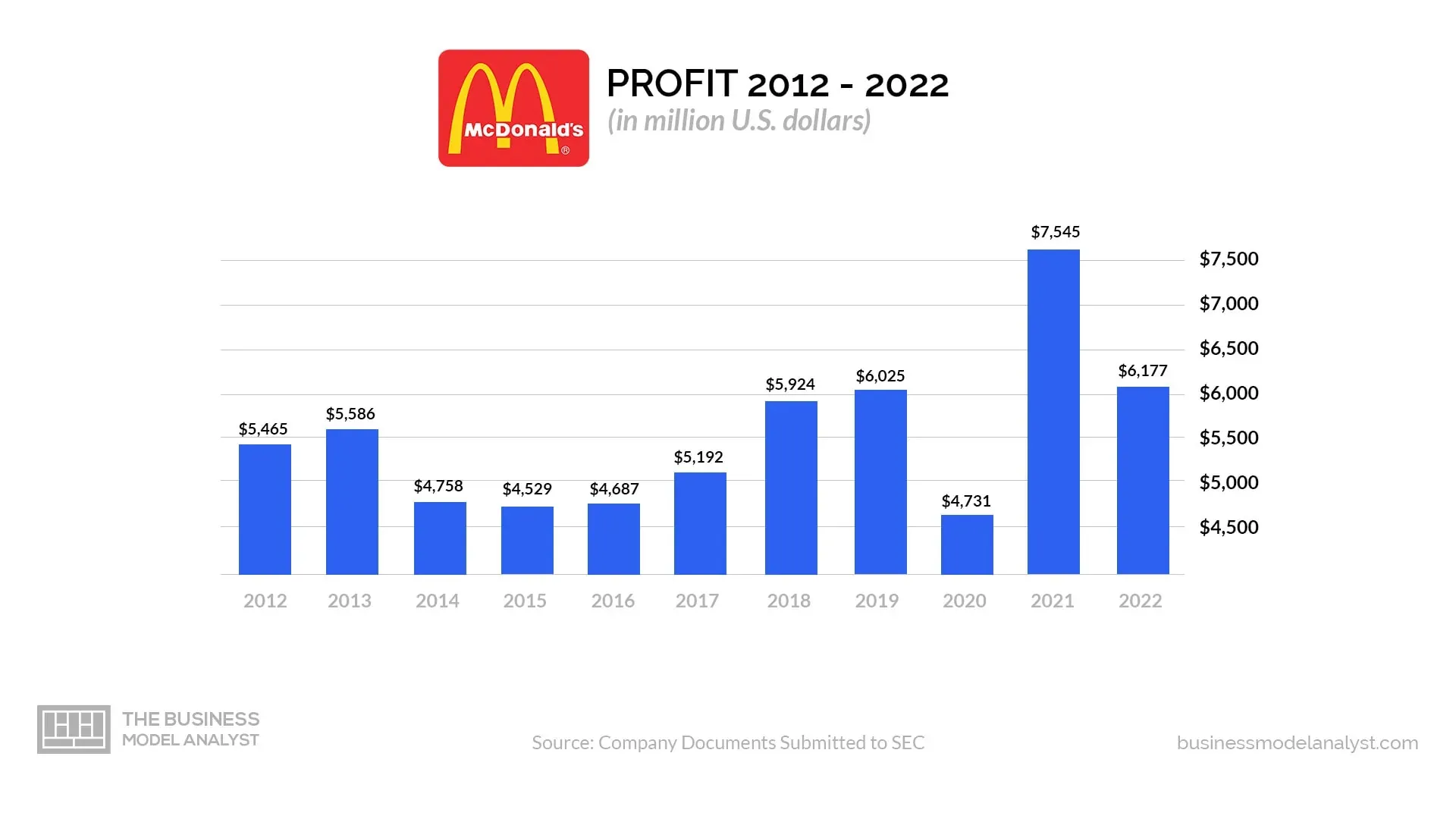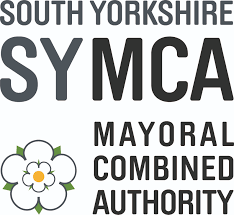How Lean Six Sigma Powers Success: The McDonald's Financial Journey
A look into how Lean Six Sigma supports the world's most popular fast-food restaurant
Updated 19/02/25
Before delving into the transformative power of Lean Six Sigma at McDonald's, let us rewind to the humble beginnings portrayed in the Netflix film "The Founder." Starring Michael Keaton, the film chronicles the story of Ray Kroc, who transformed a single hamburger stand into a global fast-food empire. Although the term Lean Six Sigma had not yet been coined, the techniques that Kroc, Dick and Mac McDonald observed and implemented, such as the meticulous layout for maximum efficiency and the speed of service, were embryonic forms of the methodology we know today. These pioneering steps differentiated McDonald's from other fast-food franchises of its time and laid down the foundational principles of systematisation and efficiency that would later align so closely with Lean Six Sigma ideologies. This prescient adoption of what would become core Lean Six Sigma strategies is a testament to McDonald's long-standing commitment to innovation and standardisation, principles that continue to underpin its operations across the world.
Lean Six Sigma has become the backbone of efficiency for many successful enterprises. In this case study, we'll explore how these principles have played a pivotal role in the financial trajectory of McDonald's, the iconic fast-food chain, over the past decade. VA Innovation brings you an insightful analysis, underscored by infographics that trace the revenue and profit story of this global giant. McDonald's is one of the world's largest and most successful fast food chains, and it has used Lean methodology to help drive its success.

Source: Pereira, D. (2023) 'Is McDonalds profitable?,' Business Model Analyst, 19 March. https://businessmodelanalyst.com/is-mcdonalds-profitable/
Our first infographic presents a striking visualisation of McDonald's revenue from 2012 to 2022. Despite a peak in 2013, we observe a declining trend until 2017. This period prompted McDonald's to refine its operational strategies, potentially reintegrating Lean Six Sigma methodologies to eliminate waste and enhance value a move that coincides with the revenue recovery starting in 2018.

Source: Pereira, D. (2023) 'Is McDonalds profitable?,' Business Model Analyst, 19 March. https://businessmodelanalyst.com/is-mcdonalds-profitable/
The second infographic illustrates McDonald's profit journey, with notable fluctuations including a significant peak in 2019 before a dip in the subsequent year due to the pandemic. The application of Lean Six Sigma is evident in the quality improvement measures, paralleled by the profit spikes, underscoring the financial impact of process optimisation and defect reduction making the McDonald's lineup largely recession-proof.
Lean Six Sigma's emphasis on cost efficiency is the unsung hero behind McDonald's ability to rebound its profits post-2019. Despite the challenges, the graph shows a resilient recovery in 2021. This suggests that McDonald's commitment to cost-effective operations and continuous improvement helped stabilise profits, even when revenue faced headwinds.
The Lean Six Sigma approach extends beyond internal processes, significantly impacting customer satisfaction. The trend of recovering revenue and profitability in 2019 can be attributed to McDonald's enhanced service quality and operational speed, likely resulting in improved customer experiences and a stronger market position.
Here's a closer look at how and why McDonald's uses Lean:
Streamlining Processes
McDonald's employs Lean principles to refine its processes and eradicate inefficiencies. The company has adopted the Kaizen method, a Lean technique involving continuous, incremental process improvements, which empowers employees at all levels to contribute to operational enhancements. By using just-in-time inventory management, McDonald's has been able to minimise holding costs and reduce the likelihood of waste from unsold perishables. Additionally, the 5S system—Sort, Set in order, Shine, Standardise, and Sustain—is likely in place to maintain workplace organisation, which further boosts productivity and efficiency.
Improving Quality
To elevate product quality, McDonald's has harnessed the power of Lean tools like process mapping and value stream mapping, enabling the identification and elimination of defects in its food production process. The use of Six Sigma's DMAIC framework (Define, Measure, Analyse, Improve, Control) helps in systematically reducing variability and defects. Moreover, the implementation of poka-yoke, or mistake-proofing techniques, has likely aided in preventing errors throughout their operations, ensuring consistency in the quality of food served.
Reducing Costs
McDonald's has achieved cost reductions by adopting Lean Six Sigma tools to streamline both front-end and back-end processes. The use of Root Cause Analysis (RCA) helps in identifying the underlying causes of waste, leading to more effective solutions. Through Total Productive Maintenance (TPM), McDonald's ensures that its equipment operates at peak efficiency, thereby reducing downtime and maintenance costs. This comprehensive approach to process improvement has contributed significantly to the company’s ability to maintain a competitive edge.
Increasing Customer Satisfaction
Lean Six Sigma methodologies have been pivotal in McDonald's strategy to boost customer satisfaction. The company may utilise time-motion studies to streamline customer service processes, thus reducing wait times. Implementing the Kanban system helps in managing the flow of supplies, ensuring that fresh food is always available and orders can be served promptly. Additionally, Critical to Quality (CTQ) trees are likely used to translate customer needs into measurable quality attributes, ensuring that the service meets or exceeds customer expectations. These enhancements in operational efficiency and quality control have allowed McDonald's to offer a superior customer experience consistently.
Standardisation in Process and Customer Experience
A cornerstone of McDonald’s operational excellence is its unwavering commitment to standardisation. Lean Six Sigma principles have been instrumental in achieving a consistent and replicable model across the globe. By standardising both its processes and customer experience, McDonald's ensures that whether you're in Tokyo or Telford, the Big Mac you order will meet the same quality standards, and the service you receive will be predictably efficient. This is achieved through detailed process documentation, rigorous training programs, and strict adherence to operating procedures, guided by Lean tools like Standard Work. Standard Work establishes a precise sequence of operations, minimising variability and ensuring every team member knows the exact best practice for every task. McDonald's also utilises visual management systems within its kitchens and service areas, enabling employees to deliver consistent product quality and customer service quickly. This uniformity is key to McDonald’s ability to maintain its global brand identity and promise of predictability—no matter where in the world customers walk into a McDonald's, they are greeted with the familiar sight, service, and taste they have come to expect.
Incorporating these specific Lean Six Sigma tools and techniques into McDonald’s operational strategy demonstrates a commitment to excellence and a structured approach to achieving quality and efficiency that resonates with customers and sustains business growth.
Overall, McDonald's has used Lean methodology to great success, streamlining processes, improving quality, reducing costs, and increasing customer satisfaction. By continuously looking for ways to improve and eliminate waste, McDonald's has been able to maintain its position as a leader in the fast food industry.
We hope you enjoyed reading this blog post and found it informative. If you have any questions or would like to share your thoughts on the topic, please leave a comment below. We would love to hear from you and engage in a discussion. Additionally, if you found this post helpful, please consider sharing it with your network to help spread the word.
At VA Innovation, our
Lean consultants have helped numerous businesses replicate success stories like McDonald's by implementing
Lean Six Sigma practices.
Discover how we've transformed operations and boosted profitability for our clients by
contacting us today.
Contact Us
Top Lean Six Sigma Reads:









